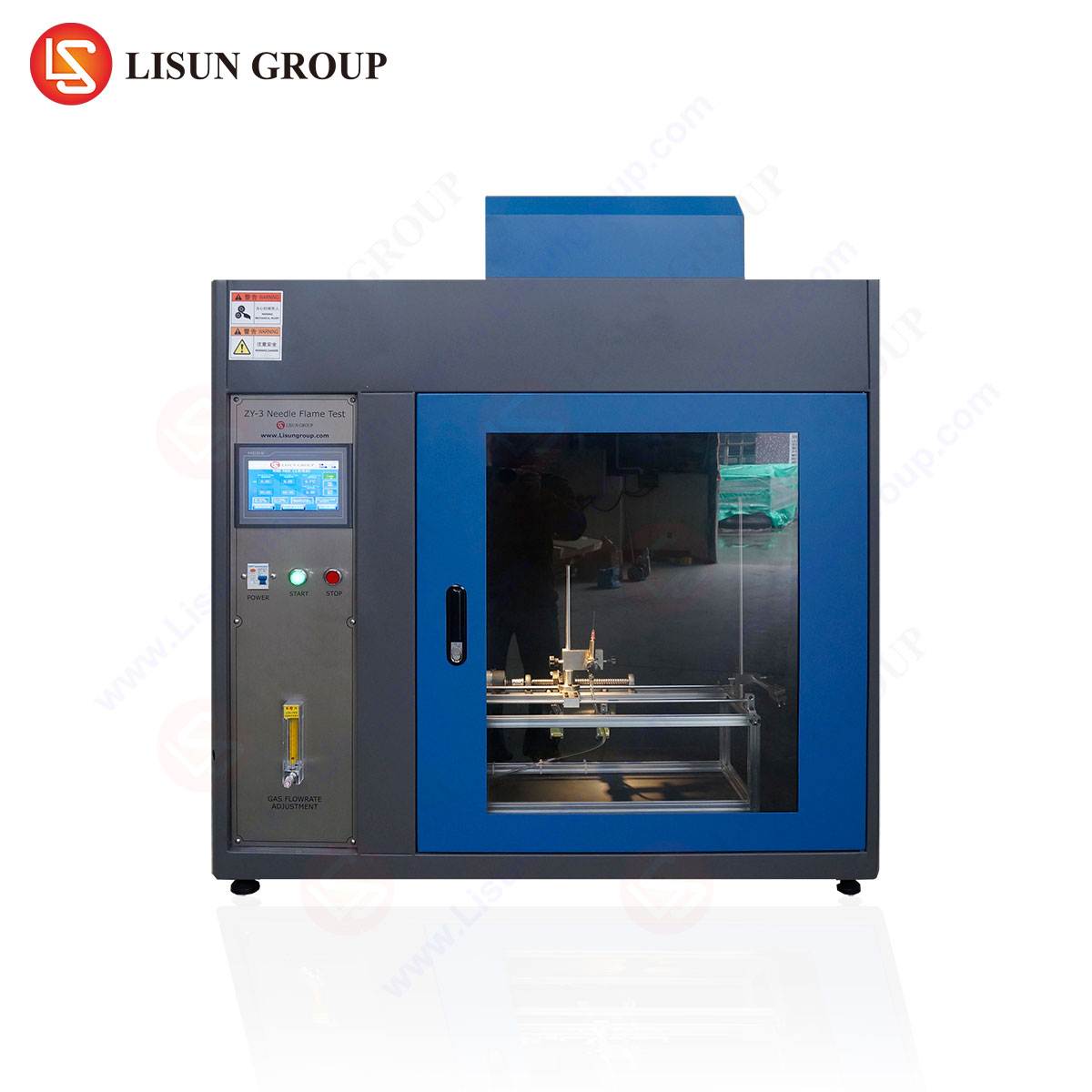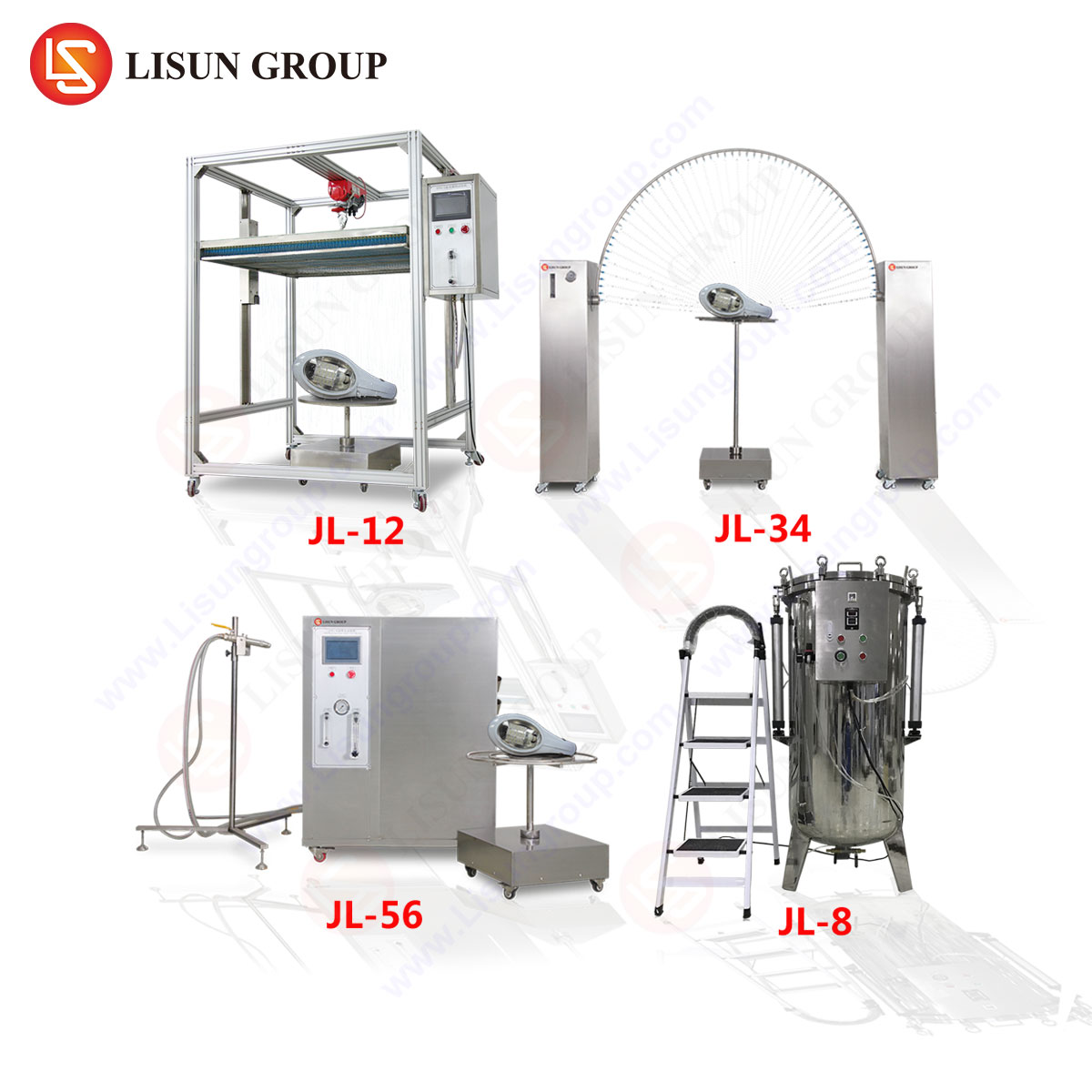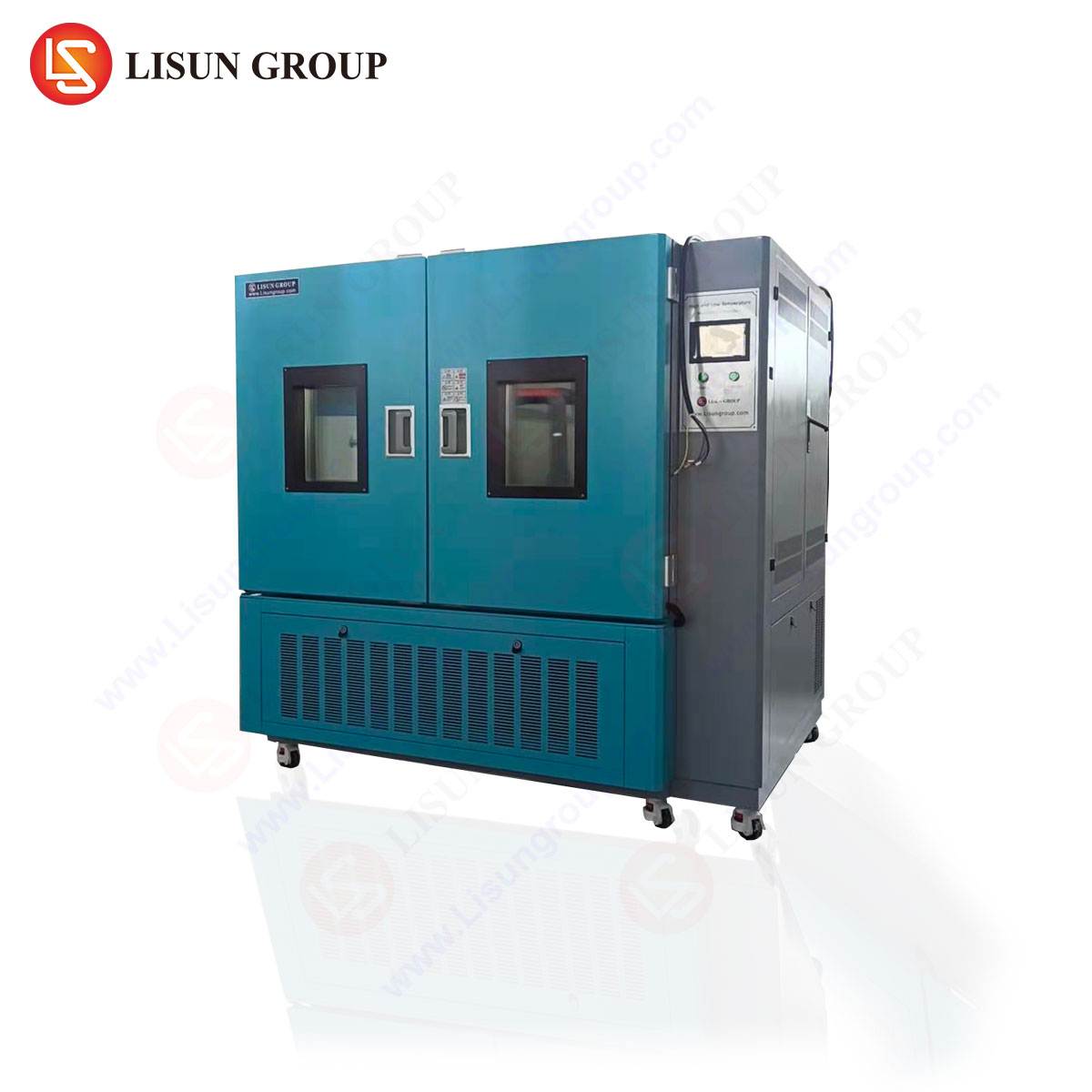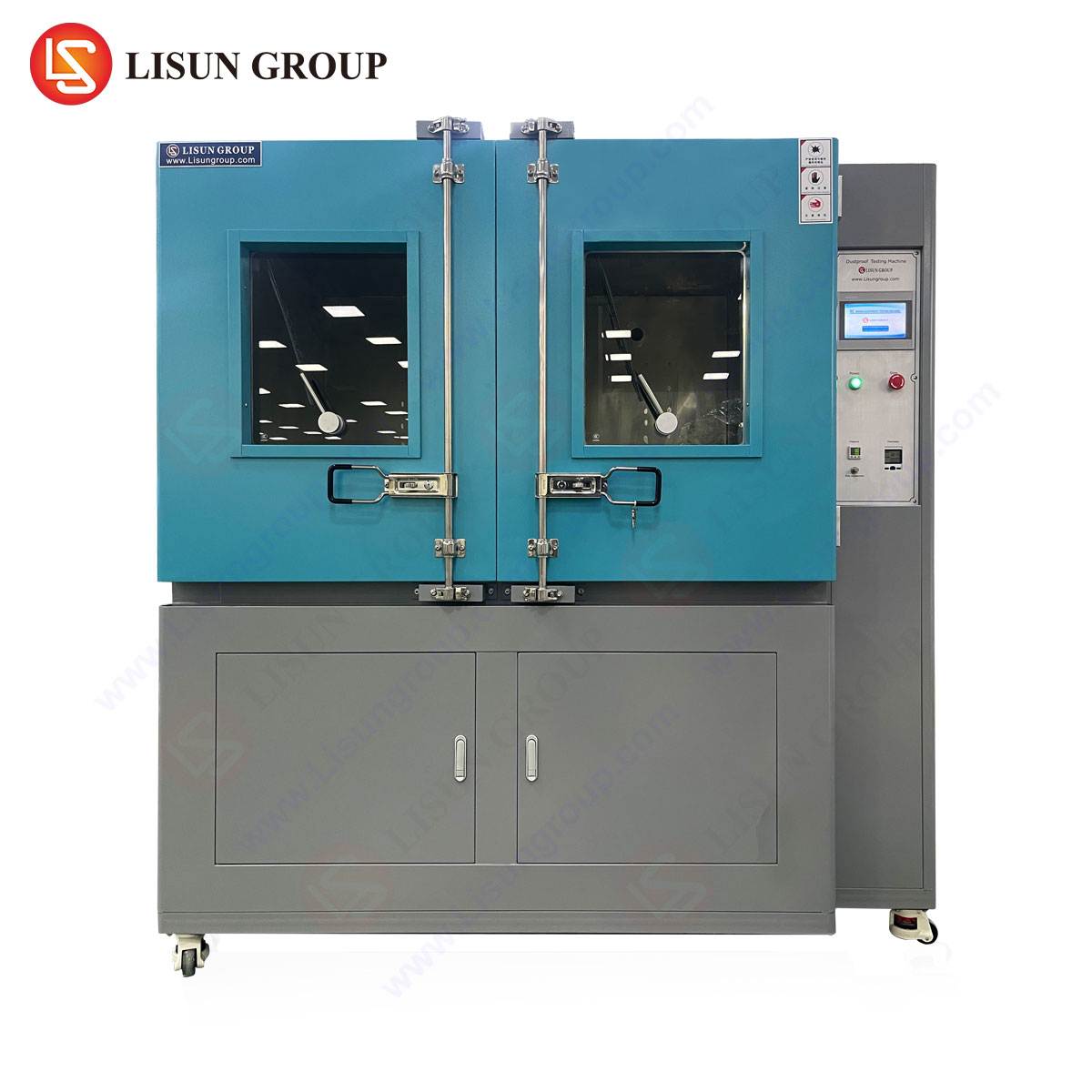Introduction to IEC/EN 60950 and Mechanical Hazard Assessment
The IEC/EN 60950 standard establishes safety requirements for information technology equipment (ITE) and related devices, ensuring protection against electrical, mechanical, and thermal hazards. A critical aspect of compliance involves evaluating accessibility to hazardous live parts using standardized test probes, including the 12mm hemispherical hard rod. This test simulates the potential intrusion of foreign objects, ensuring that enclosures and openings prevent user contact with dangerous components.
The LISUN Test Finger, Test Probe, and Test Pin are engineered to meet these rigorous testing demands, providing precise and repeatable assessments across multiple industries. Their design adheres to the dimensional and material specifications outlined in IEC/EN 60950, ensuring conformity with global safety regulations.
Technical Specifications of the 12mm Hemispherical Hard Rod
The 12mm hemispherical hard rod, as defined in IEC/EN 60950, is a rigid, non-conductive probe used to verify that enclosures prevent access to hazardous parts. Key specifications include:
- Diameter: 12mm ± 0.1mm
- Material: High-strength, non-conductive polymer (e.g., polyamide)
- Force Application: 30N ± 1N for penetration testing
- Compliance Reference: IEC 61032 Test Probe B
The LISUN Test Probe B variant exceeds these requirements with enhanced durability and precision-ground surfaces, minimizing measurement deviations during repeated testing cycles.
Testing Methodology and Application Principles
The 12mm hemispherical hard rod is applied to openings, seams, and joints in equipment enclosures to assess whether hazardous parts remain inaccessible. The test procedure involves:
- Probe Insertion: The rod is inserted with a force of 30N into any opening larger than 12mm.
- Accessibility Assessment: If the probe contacts live parts or hazardous moving components, the design fails compliance.
- Dynamic Testing (Optional): For movable parts, the probe is applied during operational conditions to simulate real-world use.
This methodology ensures that products such as power supplies, industrial control panels, and consumer electronics meet safety thresholds.
Industry-Specific Use Cases and Compliance Requirements
Electrical and Electronic Equipment
In power distribution units (PDUs) and switchgear, the 12mm probe verifies that terminal blocks remain inaccessible during maintenance, reducing shock risks.
Household Appliances
For devices like blenders or microwave ovens, the probe ensures that internal high-voltage circuits cannot be touched through ventilation slots.
Automotive Electronics
EV charging stations undergo hemispherical rod testing to confirm that users cannot access high-voltage connectors accidentally.
Lighting Fixtures
LED drivers and luminaires must prevent probe penetration to live parts, particularly in outdoor or industrial settings.
Medical Devices
Patient-connected equipment, such as MRI machines, must exclude probe access to internal wiring to prevent electrical hazards.
Aerospace and Aviation Components
Cockpit instrumentation panels are tested to ensure no inadvertent contact with critical circuitry during operation.
Advantages of the LISUN Test Finger, Test Probe, and Test Pin
The LISUN series offers distinct advantages over generic probes:
- Enhanced Durability: Precision-machined from industrial-grade polymers, resisting wear over extended use.
- Calibration Traceability: Each unit includes certification confirming compliance with IEC 61032.
- Multi-Standard Compatibility: Suitable for IEC/EN 60950, IEC 62368-1, and UL 60950-1 testing.
- Ergonomic Design: Facilitates consistent force application, reducing operator-induced variability.
Comparative Analysis of Test Probes in Safety Evaluations
While the 12mm hemispherical rod is mandatory for IEC/EN 60950, other probes serve complementary roles:
| Probe Type | Diameter | Force Applied | Primary Use Case |
|---|---|---|---|
| LISUN Test Finger (IEC 61032 Probe 11) | 12mm (jointed) | 10N | Simulates child finger access |
| LISUN Test Probe B (12mm rod) | 12mm | 30N | Rigid object intrusion test |
| LISUN Test Pin (IEC 61032 Probe 13) | 1mm | 1N | Sharp object penetration check |
This multi-probe approach ensures comprehensive hazard assessment across product categories.
Regulatory Implications and Global Certification
Compliance with IEC/EN 60950 is mandatory for CE marking in the EU and is widely recognized in North America (UL 60950-1) and Asia (GB 4943). Non-compliance risks market recalls, legal penalties, and reputational damage. The LISUN test tools streamline certification by providing auditable, repeatable results.
FAQ: Common Questions on 12mm Hemispherical Hard Rod Testing
Q1: Can the LISUN Test Probe B be used for IEC 62368-1 testing?
Yes, the 12mm rod is applicable under IEC 62368-1 for energy hazard assessments, though supplementary probes may be required.
Q2: How often should test probes be recalibrated?
Annual recalibration is recommended, or after 5,000 test cycles, to maintain measurement accuracy.
Q3: Does the 30N force requirement apply to all enclosure types?
Yes, unless the standard specifies alternative conditions (e.g., reduced force for thin plastic housings).
Q4: Are there industry exemptions for the 12mm probe test?
Medical devices under IEC 60601-1 may require modified testing, but general ITE must adhere to IEC/EN 60950.
Q5: What is the failure threshold for probe penetration?
Any contact with hazardous live parts, including uninsulated conductors, constitutes a compliance failure.
This technical overview underscores the critical role of the 12mm hemispherical hard rod in product safety validation, with LISUN’s precision-engineered probes ensuring reliable conformity assessments.







